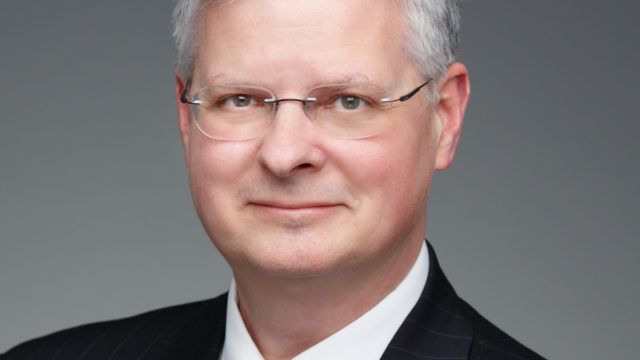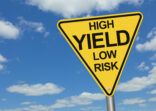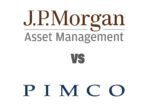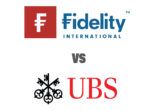While high yield bonds are inherently risky, the current level of risk in the market is not the same as it was during the global financial crisis of 2008, Mathews told FSA.
The high default rate, around 18% during the crisis, was a result of excess leverage that had built up toward the peak of the cycle. “This time around, we’ve seen leverage stay fairly stable,” Mathews said.
“When [the cycle] does turn, we’ll get more defaults, but it isn’t going to be 18%. The leverage of the system is much more conservative, at least so far.”
Developed markets bias
Mathews is responsible for two funds: the Aviva Investors Global High Yield Bond Fund and the Aviva Investors Short Duration Global High Yield Bond Fund. The former has $4.8bn of AUM, while the latter has $913m, according to FE.
Both funds are managed using the same investment process, but the short duration fund is limited to holding bonds with duration less than five years. Its average duration is 2.1 years, compared to 4 years for the Global High Yield Bond Fund, making it less vulnerable to interest rate moves.
The funds’ mandate covers developed markets only. The US accounts for around 80% of the holdings while Western Europe for around 20%. The decision to limit the investable universe to the developed markets stemmed from consideration of creditors’ rights.
High yield investors must consider the risk of default and the rate of recovery in case an asset becomes distressed, he said.
“It is really important to have the legal structure and the jurisdiction to go after the assets and to put pressure on management, to be able to get relief if there’s a situation when the company is not doing well,” Mathews said. “In emerging markets, bankruptcy laws aren’t as established, so it’s very difficult to make claims.”
Matthews added that during his four-year tenure with both funds, there were no cases of default in the portfolio.
“Avoiding downside risk is the key to high yield investing,” Matthews said. “In a distress situation, you can lose 50-80 basis points and that can offset ten great calls you have made on credit. It is much more important to detect credit deterioration early and get out than it is to find winners.”
Quality and under-performance
He expects that the total return for high yield bonds in 2018 will be between 2% and 4%, which is lower than the long-term average global high yield returns of 5.5% to 6%.
“We’re looking to give up 1.5%-2% as a result of rising interest rates and spread widening, while still delivering a positive return thanks to the coupon,” he said.
The fund invests in bonds rated BB, B, CCC and non-rated. The lower rated CCC bonds have been doing very well in the past couple of years, he said. The fund “has a quality bias”, which results in an underweight in CCC issues and thus underperformance versus the benchmark, the Bloomberg Barclays Global High Yield Index, in 2016 and 2017.
The rally in CCC bonds has contracted their spreads so much, compared to B and BB bonds, that owning many of them doesn’t make sense anymore, according to Mathews. “We just don’t think spreads can compress much more,” he said. The fund has further cut its exposure to CCC bonds in March.
High yield investors must closely watch equity markets for early signs of structural shifts in earnings momentum and company fundamentals, Mathews noted. High yield bonds are more closely correlated to equities (correlation coefficient around 0.6) than to the bond market (around 0.4).
However, because equity prices effectively discount companies’ future earnings, they serve as an indicator of their financial health two-to-five years down the road, which is important to high yield bonds.
Aviva Investors Global High Yield Bond Fund and Short Duration Global High Yield Bond Fund vs the benchmark and sector


















